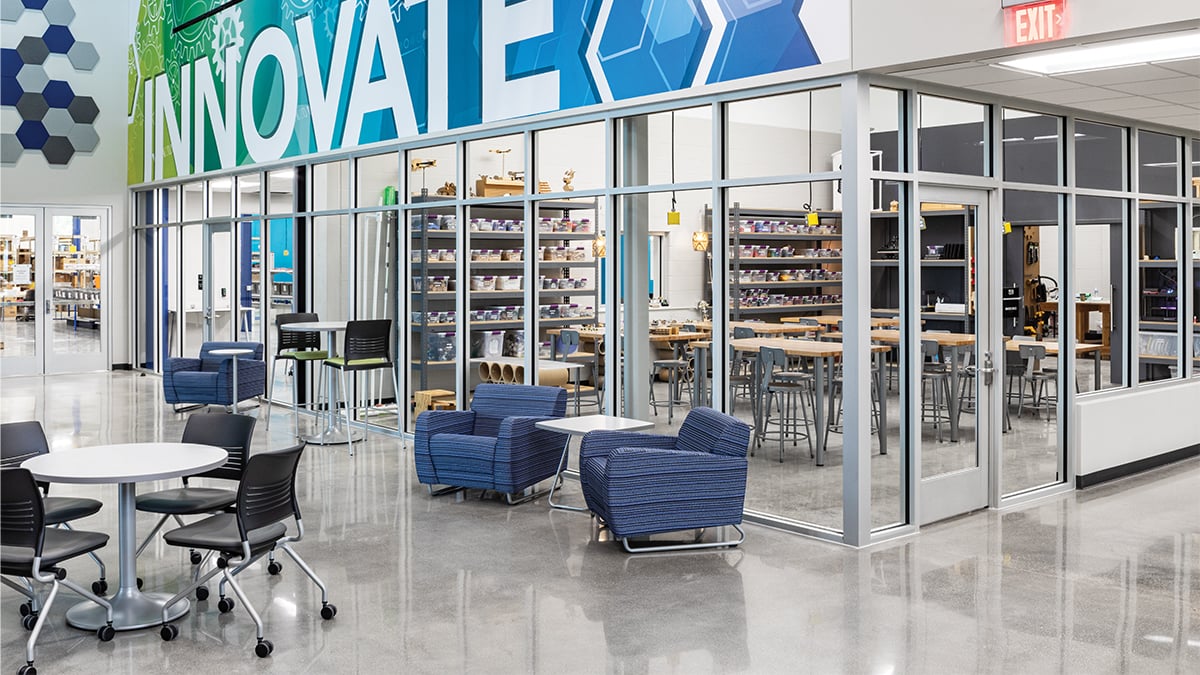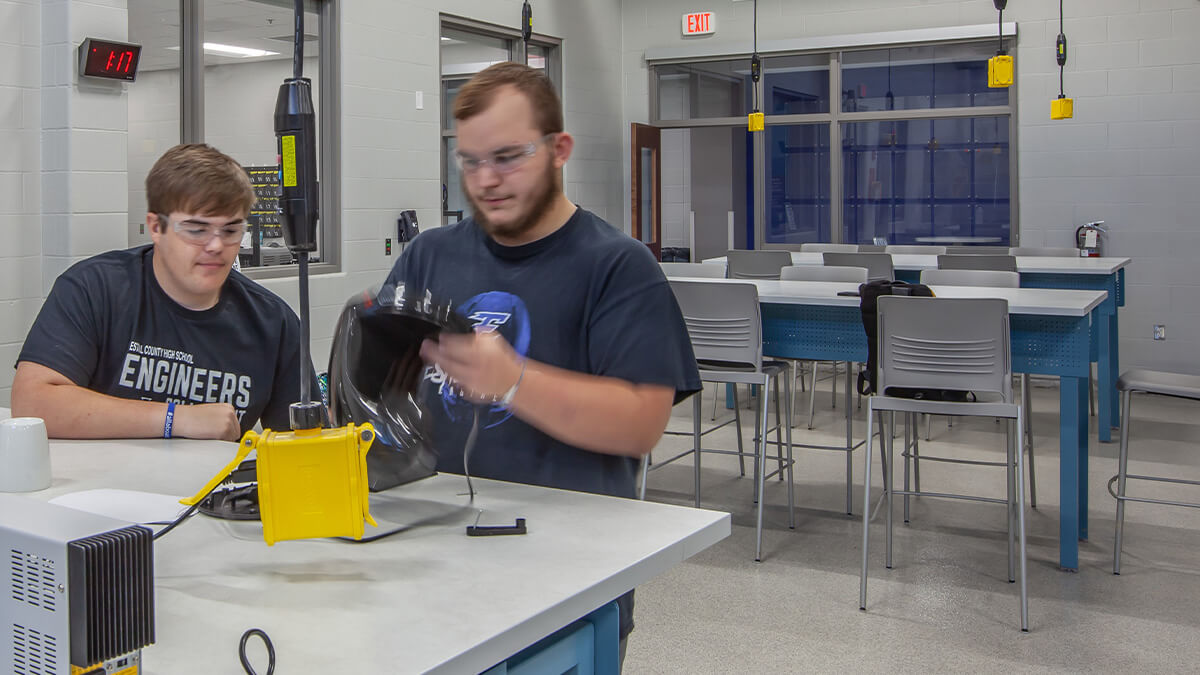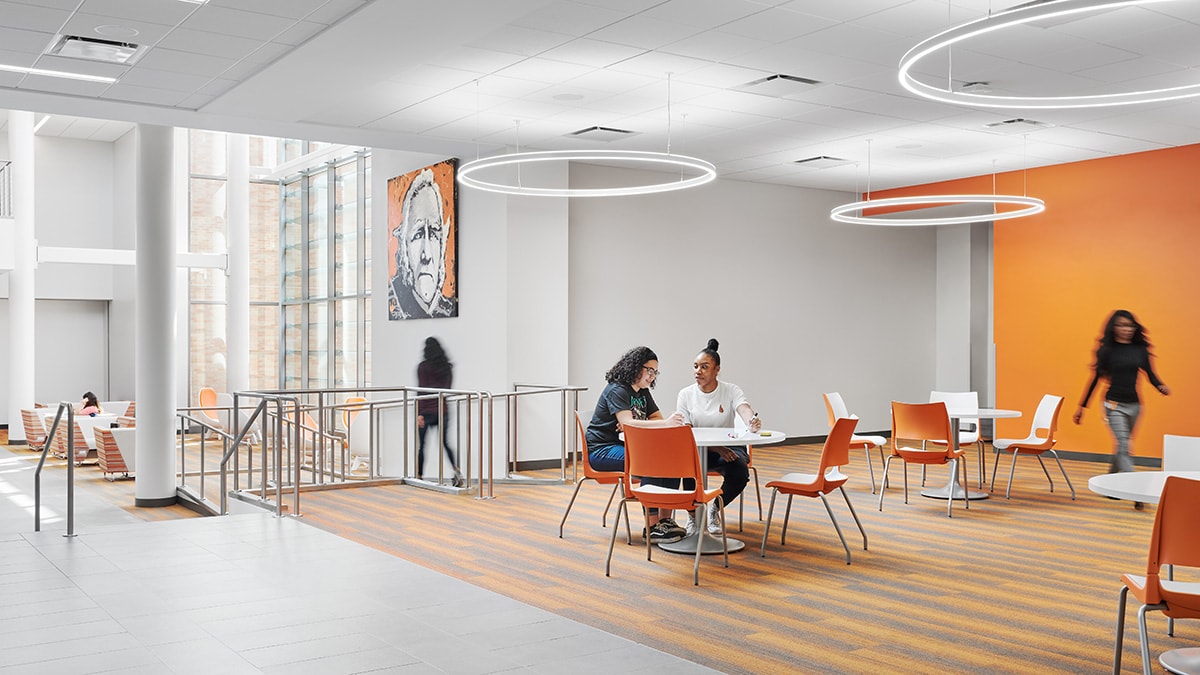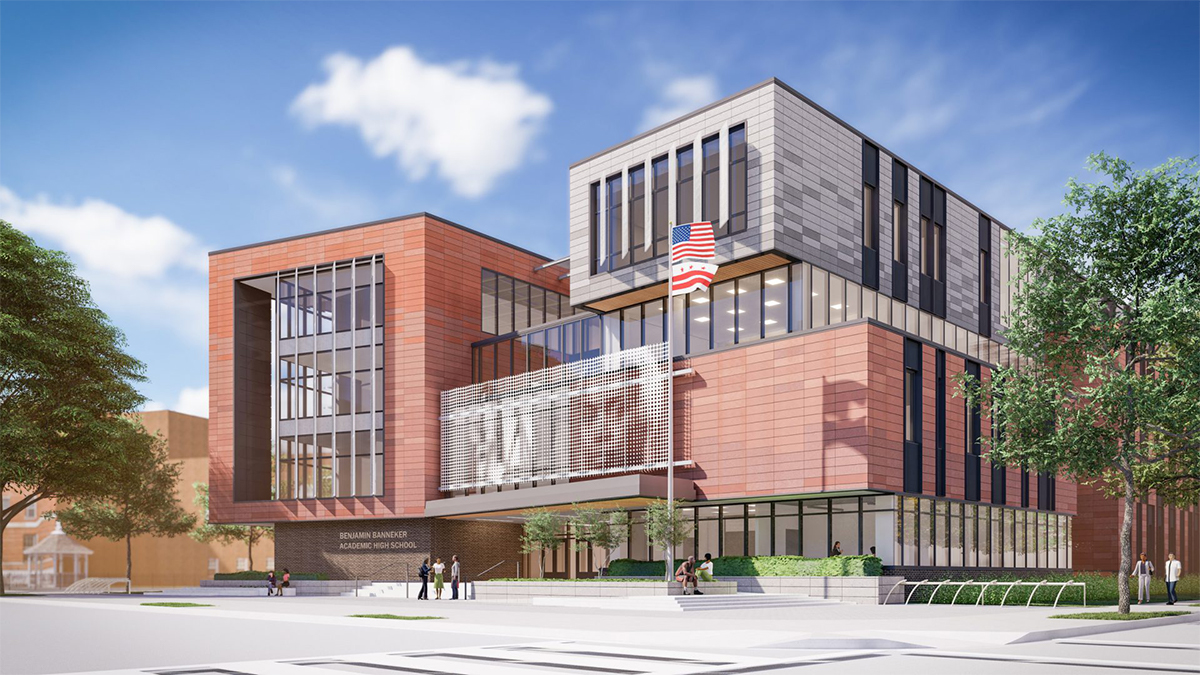How Schools Are Designing for Changes in Education

Explore key insights from a recent learning series, hosted by BIFMA and ASID, focusing on trends in education design and how schools are responding.
In November, I had the honor of joining the Monthly Learning Series hosted by BIFMA and the American Society of Interior Designers (ASID).
During this event, I shared my expertise as a panelist for a virtual discussion on trends in education design, alongside Taneshia West Albert, assistant professor of interior design at Auburn University, and Suzanne Lefebvre, interior design discipline leader at CannonDesign.
Below, I outline a few takeaways from what we shared about how designers and schools are responding to everything from increased staff burnout to the rise of career and technical education.
1. Spaces for Student Health and Safety
Schools are working hard to address the emotional needs and physical safety of students, especially after the pandemic left a lasting impact of worsened anxiety for some students.
“Psychological safety for students is paramount,” Taneshia said. “If you’re afraid or worried, you can’t learn or be open to learning. After COVID, our students needed areas of respite. We’re designing those into our student centers so they can feel safe on campus.”
At KI, our research shows that students are looking for sightlines. They express a desire to be seen and to see. I explained how subtle design considerations can help students feel safe, like incorporating more floor time or reconfiguring classroom layouts to ensure all students can see entrances and exits from different angles.
2. Thinking Outside the Classroom to Foster a Love of Learning
In the realm of education, a significant pedagogical shift is taking place. Educators are focused on helping students learn and play in various ways, rather than focusing on a one-size-fits-all approach.
CannonDesign recently partnered with the Children’s Museum of Pittsburgh to design Ehrman Crest Elementary and Middle School. Much like a children’s museum, the goal was to encourage learning everywhere, with learning spaces in corridors, inside, outside, and with color, art, and tactile displays to appeal to different ways that students learn. The school team used elements of the building to teach students how partitions, magnets, and mechanical systems work. One space with floor-to-ceiling windows features a sundial to help students learn to tell time in a new way.
“Learning doesn’t have to start or end in the classroom,” Suzanne said. “It’s not always about having more space, but activating the space and adjacencies you do have and using every inch of the building.”
We also discussed how schools can ensure all students have equal access to play by preparing and designing for students who may need audio or visual accommodations, or providing multi-positional seating options.
3. Support and Socialization for Educator Well-Being
Improving educator well-being at work is about going back to basics. Schools are prioritizing access to restful and social spaces, along with comfortable and supportive furniture.
We discussed an important reminder in designing spaces for well-being: educators are active. They’re always on the move, so high-quality furniture is a must. It may sound simple, but the last thing educators need is to sit down and discover the chair is uncomfortable.
At Auburn University, the administration took a proactive approach by constructing a centrally-located building with a coffee lounge. This addition aims to foster a sense of community and encourage faculty members to socialize, facilitating connections across different departments.
“Teaching loads are heavy with faculty reductions,” Taneshia said. “But this building provides a pause during the day and a meeting space for faculty from all of Auburn’s colleges.”
4. Collaborative Design for Career and Technical Education
Designing for career and technical education can be more complicated than designing for an English or math classroom.
That’s because spaces may have very different needs depending on the type of facility within the school. Creating a commercial kitchen space requires an entirely different set-up than a woodshop. Regardless of the type of space, however, schools interested in career and technical education should prioritize power integration, storage space for materials, and safe access to tools.
At KI, we know that when it comes to career and technical education, there’s no standard set of design solutions. I shared what we believe to be the most effective solution: connect educators and design experts as early as possible in the design process. Career and technical education needs to be a community build.
Thoughtful Design in Practice
I’d like to extend my gratitude to BIFMA for providing the opportunity to contribute to this valuable conversation. I'd also like to thank my fellow panelists, Tenisha and Suzanne, for their insightful contributions.
Design is a powerful tool that can significantly improve the teaching and learning experiences of educators and students alike. Delving into the ways institutions craft human-centered learning spaces proves not only inspiring but also lays the groundwork for creating environments that foster growth, collaboration, and ultimately, success.
If you’re interested in learning more about how schools are designing for changes in education, I invite you to explore the related content below.
 Blog
Blog
Less than one-third of high school graduates will receive a four-year college degree. By dedicating resources to career and technical education, we can set up all students for success.
 Blog
Blog
We partnered with IIDA to go behind the scenes of three schools that transformed their learning spaces with student feedback. Here’s what we learned.
 Blog
Blog
What if the learning commons wasn’t restricted to a room, but extended throughout the entire school? Our latest design discussion with IIDA explored this very idea.
Subscribe
Stay up to date with the latest trends and more.












